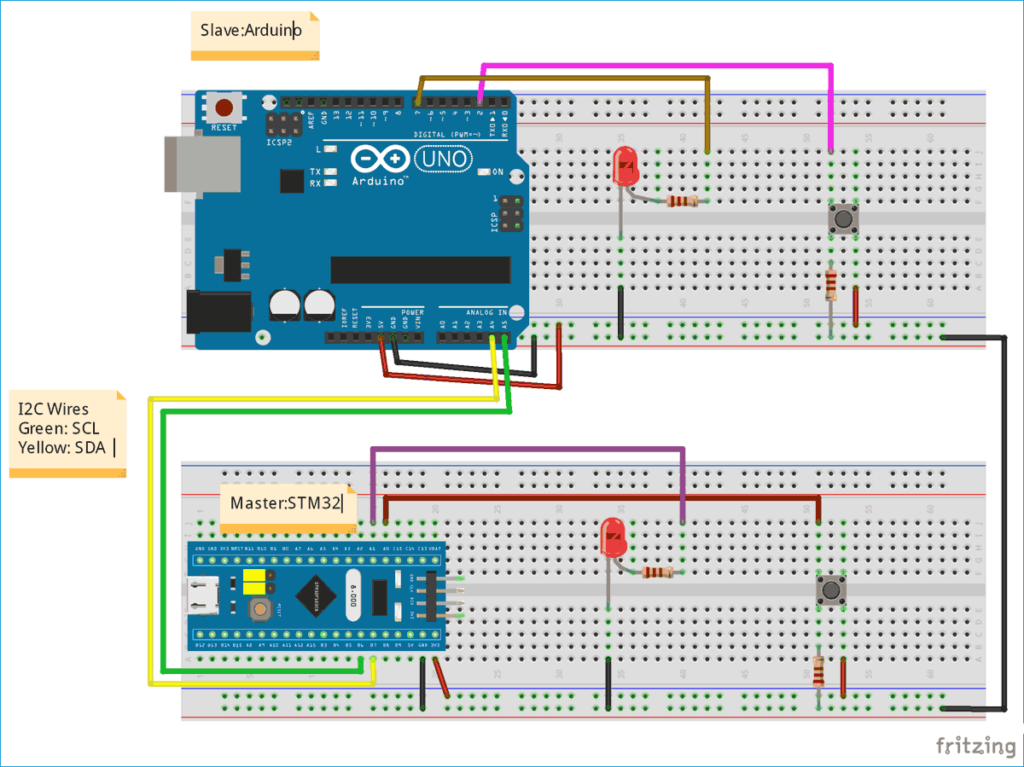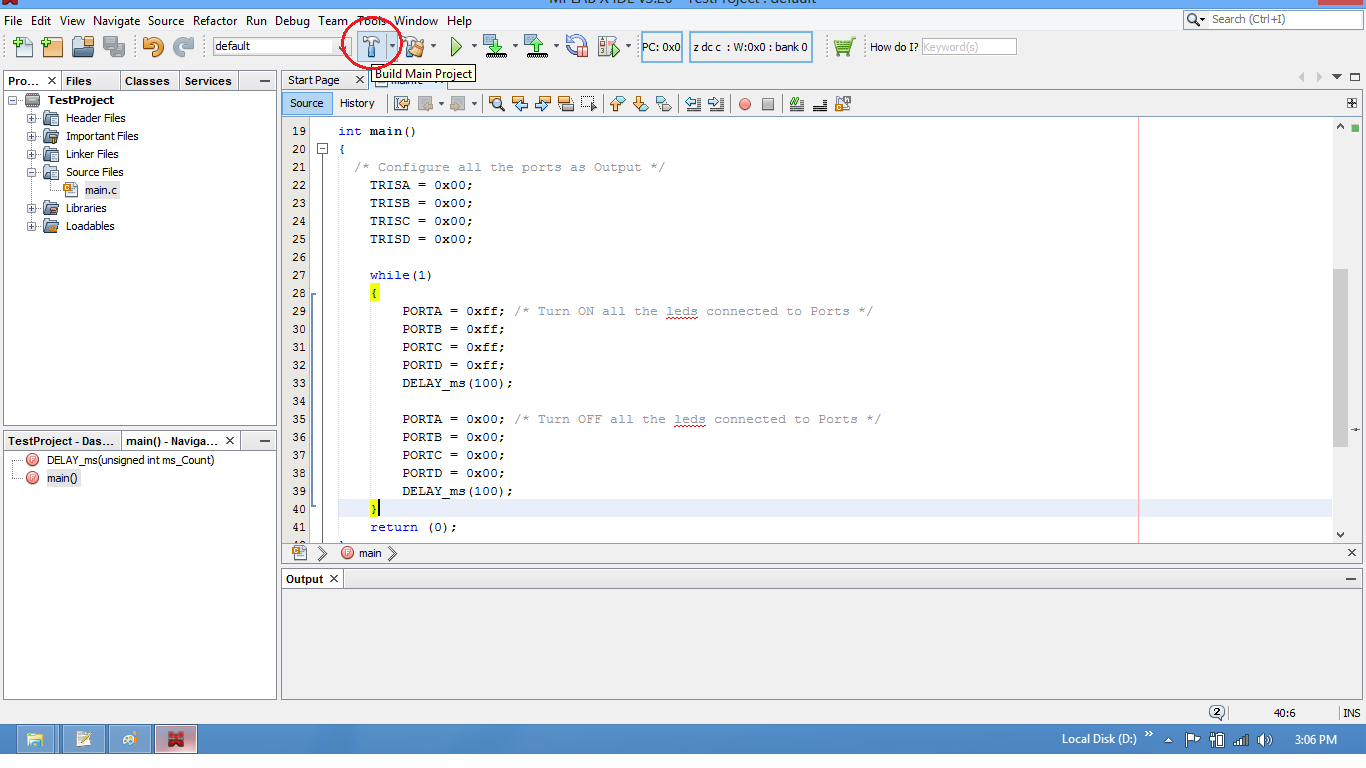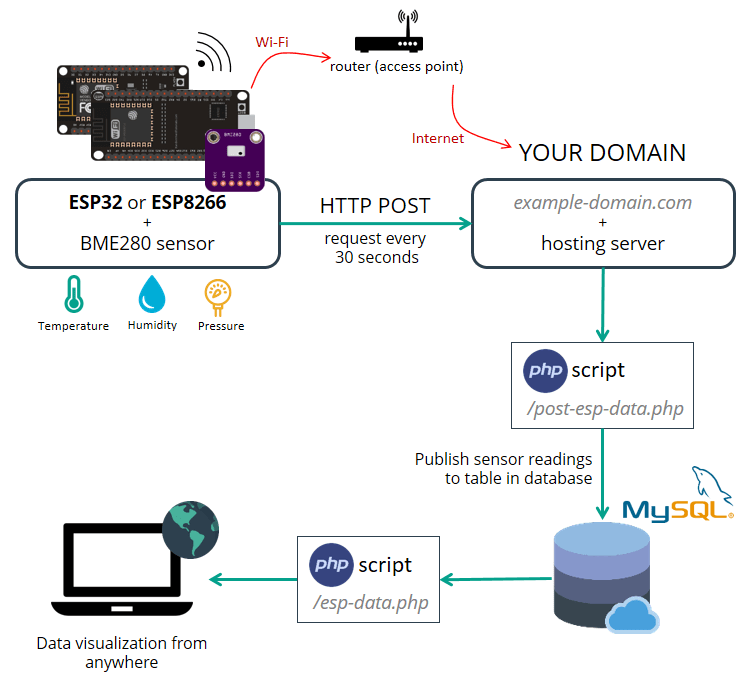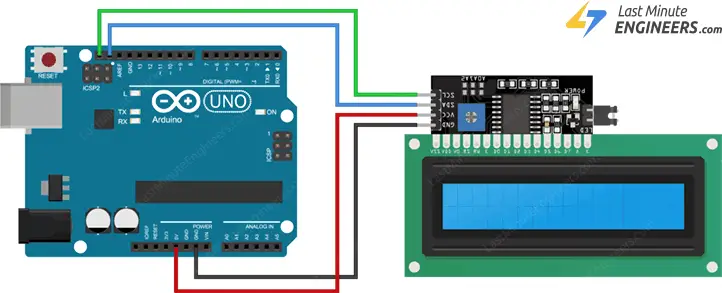Implementing I2C Communication on an STM32
If you are working on a project that requires I2C communication on an STM32 microcontroller, you’re in the right place. In this article, we will guide you through the steps to successfully implement I2C communication on an STM32 device.
What is I2C Communication?
I2C (Inter-Integrated Circuit) is a popular communication protocol used in embedded systems to allow multiple devices to communicate with each other over a shared bus. It enables data transfer between devices using only two wires: a serial data line (SDA) and a serial clock line (SCL).
Setting Up the I2C Interface on STM32
The first step in implementing I2C communication on an STM32 microcontroller is to configure the I2C interface. You can do this by using the STM32CubeMX software, which is a graphical tool that allows you to configure the peripherals on an STM32 microcontroller easily.
Once you open STM32CubeMX, select your STM32 microcontroller model and navigate to the “Pinout & Configuration” tab. From there, you can enable the I2C peripheral and assign the SDA and SCL pins to the desired GPIO pins on the microcontroller.
Writing the Code for I2C Communication
After setting up the I2C interface, you will need to write the code to communicate with other devices using I2C. This code typically involves initializing the I2C peripheral, configuring the communication parameters such as clock speed and data format, and implementing the read and write functions to send and receive data over the I2C bus.
To make the process easier, you can use the STM32 HAL (Hardware Abstraction Layer) library provided by STMicroelectronics. The HAL library contains functions that simplify the configuration and use of various peripherals on STM32 microcontrollers, including the I2C interface.
Testing the I2C Communication
Once you have written the code for I2C communication on your STM32 device, it’s time to test the functionality. You can connect your STM32 microcontroller to another device that supports I2C communication, such as a sensor or an external memory module, and verify that data can be successfully exchanged between the devices.
Conclusion
Implementing I2C communication on an STM32 microcontroller may seem daunting at first, but with the right tools and knowledge, you can easily set up and use the I2C interface for seamless communication between devices. By following the steps outlined in this article and experimenting with different configurations, you can master the art of I2C communication on your STM32 device.
Implementing I2C Communication on an STM32
If you are working on a project that requires I2C communication on an STM32 microcontroller, you’re in the right place. In this article, we will guide you through the steps to successfully implement I2C communication on an STM32 device.
What is I2C Communication?
I2C (Inter-Integrated Circuit) is a popular communication protocol used in embedded systems to allow multiple devices to communicate with each other over a shared bus. It enables data transfer between devices using only two wires: a serial data line (SDA) and a serial clock line (SCL).
Setting Up the I2C Interface on STM32
The first step in implementing I2C communication on an STM32 microcontroller is to configure the I2C interface. You can do this by using the STM32CubeMX software, which is a graphical tool that allows you to configure the peripherals on an STM32 microcontroller easily.
Once you open STM32CubeMX, select your STM32 microcontroller model and navigate to the “Pinout & Configuration” tab. From there, you can enable the I2C peripheral and assign the SDA and SCL pins to the desired GPIO pins on the microcontroller.
Writing the Code for I2C Communication
After setting up the I2C interface, you will need to write the code to communicate with other devices using I2C. This code typically involves initializing the I2C peripheral, configuring the communication parameters such as clock speed and data format, and implementing the read and write functions to send and receive data over the I2C bus.
To make the process easier, you can use the STM32 HAL (Hardware Abstraction Layer) library provided by STMicroelectronics. The HAL library contains functions that simplify the configuration and use of various peripherals on STM32 microcontrollers, including the I2C interface.
Testing the I2C Communication
Once you have written the code for I2C communication on your STM32 device, it’s time to test the functionality. You can connect your STM32 microcontroller to another device that supports I2C communication, such as a sensor or an external memory module, and verify that data can be successfully exchanged between the devices.
Conclusion
Implementing I2C communication on an STM32 microcontroller may seem daunting at first, but with the right tools and knowledge, you can easily set up and use the I2C interface for seamless communication between devices. By following the steps outlined in this article and experimenting with different configurations, you can master the art of I2C communication on your STM32 device.



